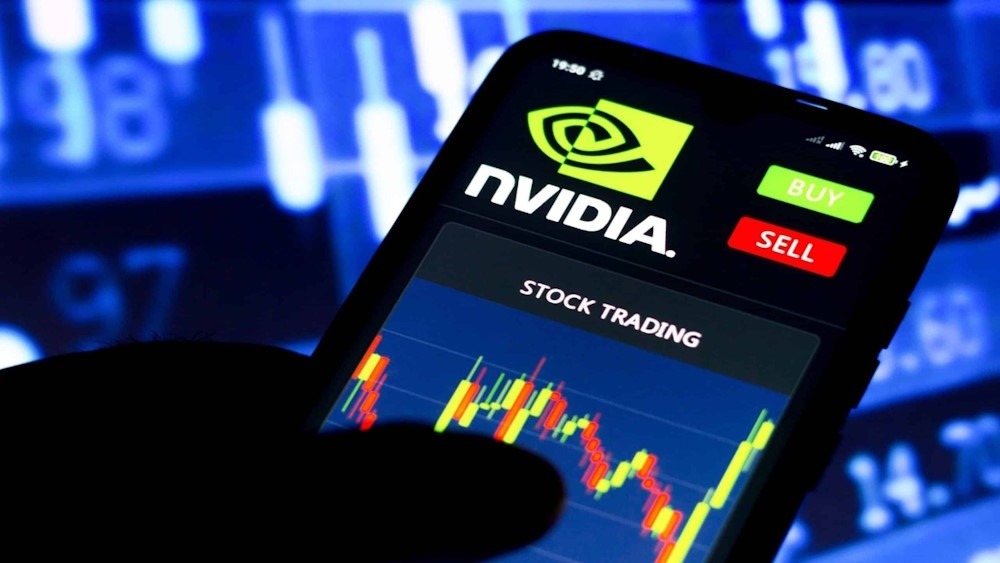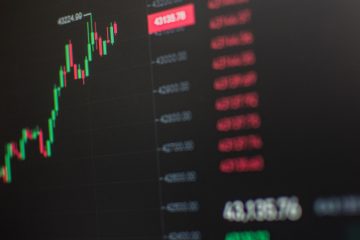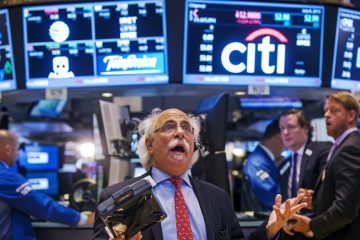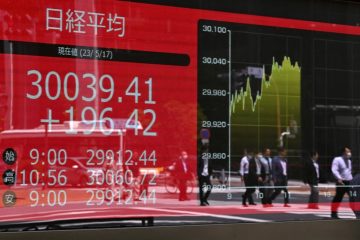Dow Jones Industrial Average will see Nvidia replace Intel

Nvidia is set to take Intel’s place in the Dow Jones Industrial Average next week, a change that underscores the shifting dynamics of the technology sector. Sherwin-Williams is set to take the place of Dow Inc. as well. S&P Dow Jones Indices, the steward of the 30-stock benchmark, announced that the adjustments were implemented to provide a more accurate representation of the semiconductor industry and the materials sector. They prove to be effective before the commencement of trading on November 8. The actions taken by Intel and Dow Inc. appear to be primarily symbolic in nature. The practical implications are likely to be minimal, as a limited number of funds are aligned with the Dow index in comparison to the more extensive S&P 500.
For Intel, the prospect of being supplanted by Nvidia would have seemed inconceivable merely three years prior. It highlights a significant strategic blunder that has relegated Intel from its position as a tech leader to that of a potential acquisition: The semiconductor giant has largely overlooked the burgeoning field of artificial intelligence, which is emerging as a pivotal element of the U.S. economy.
Intel’s stock has plummeted over 50% this year as it became evident that Chief Executive Pat Gelsinger’s strategy for revitalization is failing to yield results. Intel suspended its dividend, revealed substantial cost reductions, and disclosed plans to terminate 15,000 jobs in a dismal earnings report this summer that intensified the market’s decline. The stock surged 7.8% on Friday following the company’s announcement of a $16.6 billion quarterly loss, yet it provided glimmers of optimism. Intel became a member of the blue-chip index on November 1, 1999.
Nvidia has emerged as the prominent emblem of the AI surge. Major technology firms investing heavily in AI systems are increasingly reliant on Nvidia’s graphics processing units. Nvidia’s sales and stock price have surged, propelling the company to a market capitalization exceeding $3 trillion, positioning it in close competition with Apple for the distinction of the most valuable company in the United States. Equities have appreciated eightfold since the start of 2023. Dow Inc. has since diminished in size compared to the original chemical and materials conglomerate, following its 2019 spin-off into three independently traded entities. The company’s shares have experienced a modest decline over the past five years, in contrast to its competitor, Sherwin-Williams, which has seen an increase of approximately 85%.
In contrast to the S&P 500 and the Nasdaq Composite, the blue-chip index is determined by share price rather than market capitalization. The calculation involves summing the prices of the 30 constituent stocks and dividing by a factor that adjusts for variations, including stock splits and the inclusion of new index members. Consequently, firms boasting elevated share prices exert a more pronounced influence on index fluctuations, irrespective of their overall market capitalization.
At a share price of $23.20, Intel emerged as the least influential stock within the benchmark, whereas Dow Inc. occupied the 28th position. Nvidia, priced at $135.40, would occupy the 22nd position; the company undertook a 10-for-1 stock split in June, a move that analysts suggest enhances its prospects for inclusion in the Dow. Sherwin-Williams concluded trading on Friday at $357.97, positioning it as the sixth-highest share price within the index.
The Dow has underperformed relative to the S&P 500 and Nasdaq in recent years, primarily due to its lower exposure to technology stocks. The increase stands at 12% for this year, in contrast to the other indexes, which have surged by over 20%. The most recent alteration to the Dow occurred in February, when the e-commerce giant Amazon.com supplanted Walgreens Boots Alliance. A committee made up of representatives from S&P Dow Jones Indices and The Wall Street Journal is responsible for determining the index’s composition. The committee seeks firms characterized by a “excellent” reputation, consistent growth, and significant investor interest, as outlined in the index methodology.
Adjustments to the index occur as circumstances warrant. For a company to be eligible for inclusion in the Dow, it must first be a constituent of the S&P 500. The Dow industrials omit firms from the utilities and transportation sectors, which are instead captured in distinct Dow indexes. Charles Dow, the inaugural editor of the Journal and a co-founder of Dow Jones & Co., devised the Dow average as a means to elucidate stock-market fluctuations for his audience. Since 1896, the Journal has consistently reported an average of 12 stocks each day. (A prior stock index, predominantly comprising railroads, was published in a previous edition in 1884.) The industrial average grew to encompass 20 entities in 1916, subsequently increasing to 30 firms by 1928.










